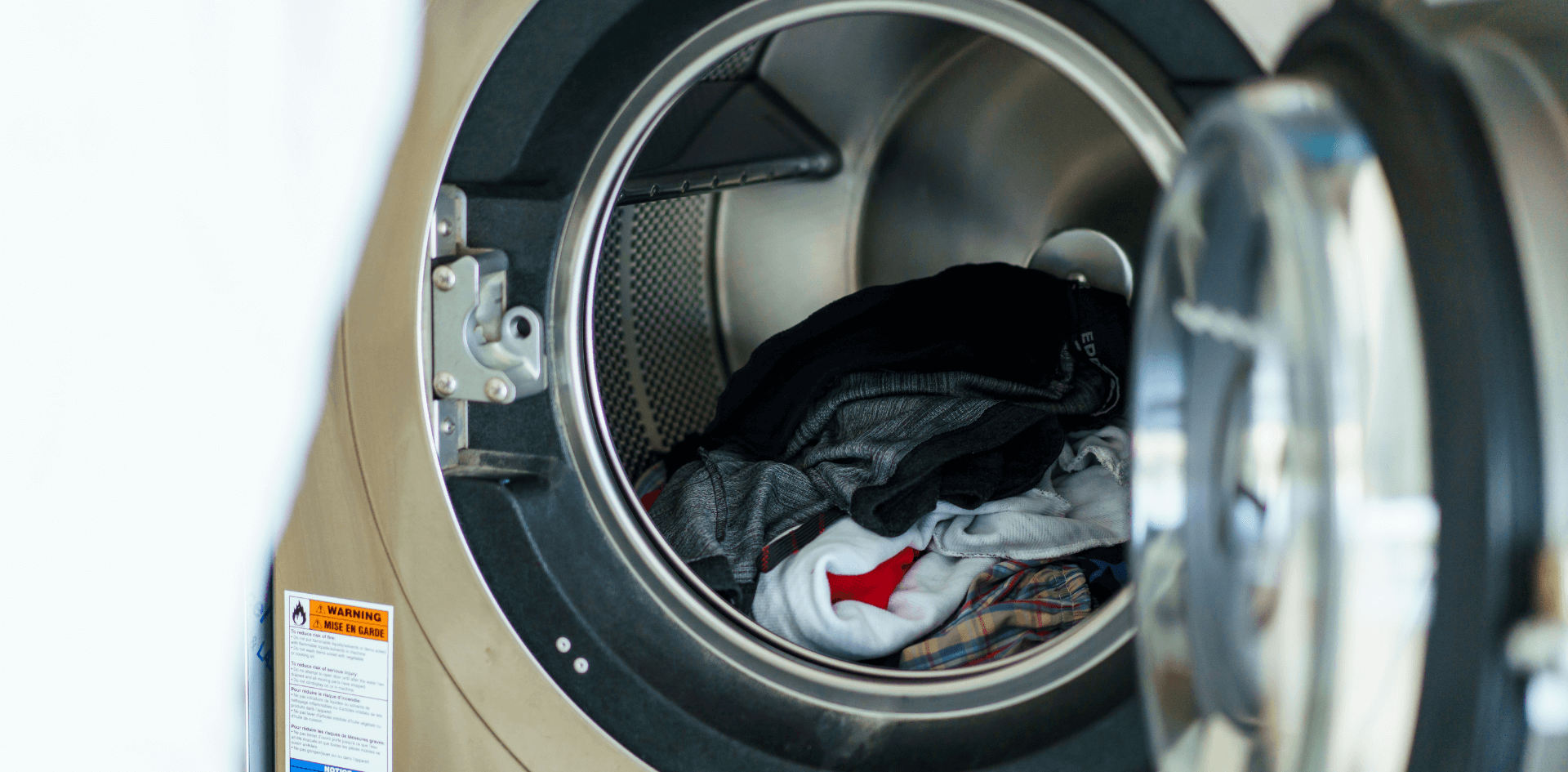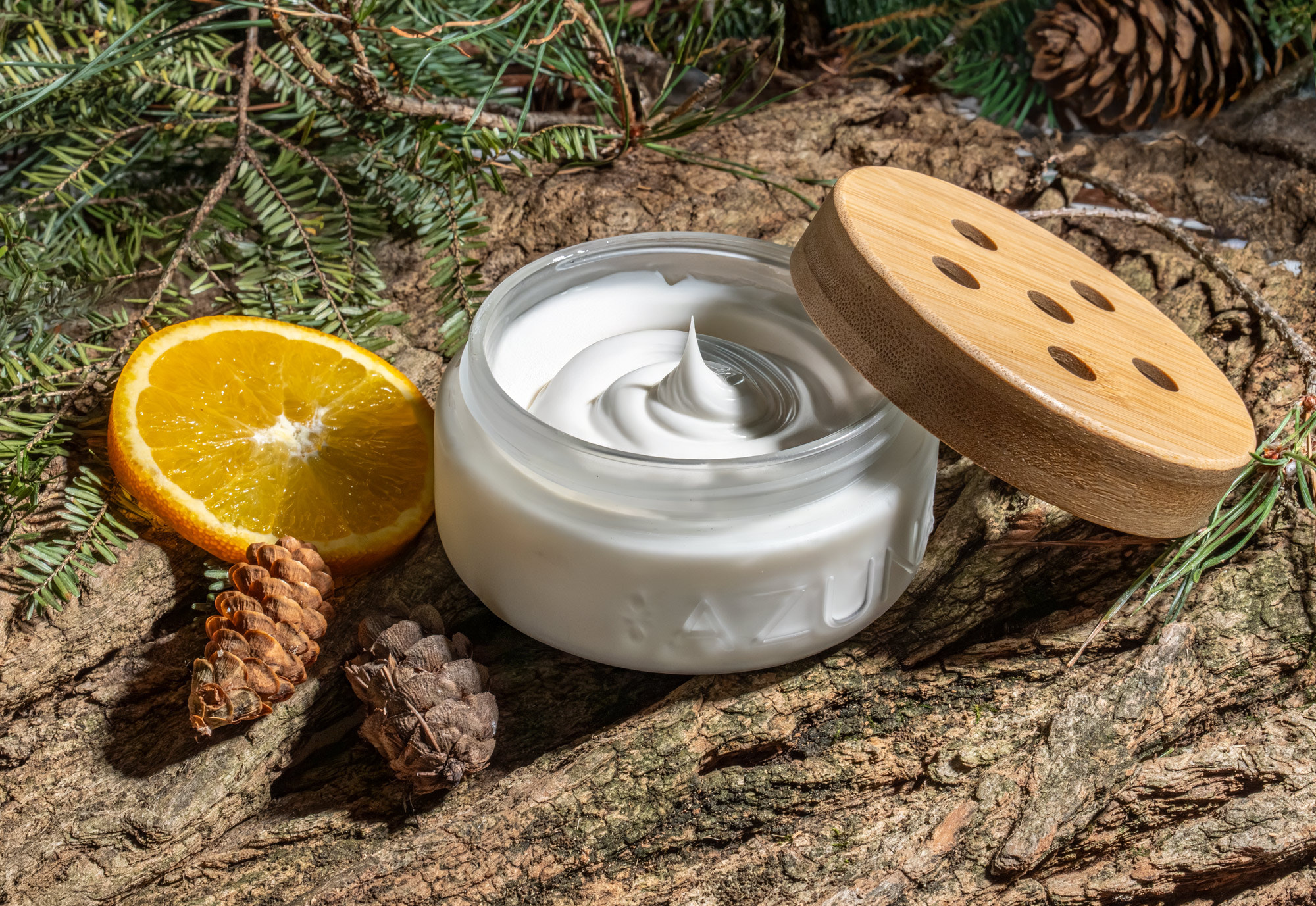A mildew smell is unpleasant, especially when it comes from our clothes. Mold and mildew are two commonly found elements in houses. Clothes, carpets, curtains, furniture, and almost everything in your house can be affected by mildew.
If you’ve found that your clothes smell like a musty basement instead of the scent of fresh laundry, stay calm because you can easily get rid of the mildew smell from your clothes with simple kitchen items.
Life is busy and it’s understandable when people leave their laundry in their washing machines for a day. Or, sometimes people toss damp gym clothes in the laundry basket. When you let dirty and sweaty clothes rest in a basket, it allows mildew to thrive and contaminate your clothes.
Mildew is a form of fungus that stinks. When mildew infects clothes, it becomes difficult to get rid of its smell with a simple wash.
You might be thinking of commercially available, strong washing detergents to wash your stinky clothes. However, it’s important not to use strong chemicals to clean contaminated clothes as they can damage the fabric.
In this post, we’ll provide valuable tips for how to get mildew smell out of your clothes without using any chemical-based product. The end result is clean clothes that smell great.
What Causes Mildew Smells in Clothes
Before we go ahead and talk about cleaning methods, let’s quickly find out what causes mildew smells in your clothes. A musty smell can occur even in the most cleaning-conscious households. A dirty washing machine, forgetting wet clothes in the washing machine, leftover body soils, and hard water are some of the common causes of mildew smell in clothes.
Invisible body soils are probably the leading cause of bad odor in clothes. The human body stays in constant contact with clothes that trap body soils and produce a musty smell as a result. Did you know 70% of soils on your towels are invisible dirt and body soils such as sweat, dead skin cells, and body oils?
Be sure not to buy heavily perfumed detergents as you don’t want to mask the smell. Also, if you use a fabric softener or dryer sheet to get rid of the mildew smell, you only worsen the problem. Before you start your wash, make sure to inspect the washing machine for mildew.
How To Get Mildew Smell Out of Clothes
Letting damp clothes sit for too long isn’t a good thing, but onn the bright side, you can use the following methods to restore freshness to your clothes.
1. Wash Your Clothes With White Distilled Vinegar
Vinegar is probably the best cleaning solution that you can use to clean a variety of household items such as clothes, carpets, kitchen counters, and more. Here is the process to wash your clothes with vinegar.
Put your clothes into the machine and set the temperature to the hottest setting. Add 1 cup of white vinegar to your machine's detergent cup or mix a cup of white vinegar with ½ cup water and then add to the washer — no need to add a detergent. Hot water combined with vinegar will break up any bacteria accumulated on your clothes. As a result, the funky musty smell will go away.
Isn’t it simple to get rid of mold odor from clothes?
2. Wash With Baking Soda
If your clothes still smell after getting washed with hot water and vinegar, baking soda is another amazing cleaning agent that can be used to remove odor from a variety of objects. Once you’ve washed your clothes with vinegar, fill the machine with warm water one more time and add one cup of baking soda.
This process will neutralize the remaining mildew odor, making your clothes smell like nothing at all.
In these two washing processes above, you just need to replace your regular detergent with vinegar and then baking soda.
3. Let the Clothes Air Dry
If possible, line dry your laundry. If you can’t do this, dry your clothes in the dryer. Drying clothes outside will kill the remaining bacteria in your clothes.
If you still have some signs of mildew or mildew smell, repeat the whole process once again. Just reduce the quantity of vinegar.
4. Washing With Oxygen Bleach
Most people prefer to wash clothes with a commercial detergent; however, when it comes to mildew smell, regular detergent wouldn’t be effective. If you have to use a commercial detergent, consider using one containing oxygen bleach. You can simply use oxygen bleach in place of your regular detergent to wash your stinky laundry.
5. Use an Enzyme Odor Remover
It is not easy to get the smell out when someone leaves their gym clothes in the gym bag. A combination of sweat and mildew creates a hard-to-remove smell in your clothes. This is where you can also use a washing detergent that has enzymes to remove odor. You can use an enzyme odor remover in addition to your detergent.
6. Use Lemon Juice as a Natural Mildew Remover
If you hate the smell of vinegar, lemon juice is a great way to get rid of it. Lemon juice acts as a natural, environmentally-friendly solution to remove mildew from towels and clothes. Mix lemon juice with salt to create a paste and then apply it to mildew stains.
Let it sit for a couple of minutes, then scrub the area with a soft brush. Finally, wash your clothes. You can also use a spray bottle to apply lemon juice to the stained parts of your clothes.
7. Remove Mildew Smell From Indoor Air
Now that you have sparkling bright clothes with no signs of mildew on them, be sure to clear the indoor air. Mildew spores travel through the air and keep producing unpleasant odors.
Azuna offers an Odor Eliminator + Air Freshener Ultra Mist Spray, that neutralizes odors caused by mold and mildew and instantly freshen the air in your laundry room.
Prevent Mildew Smell in the Future
If you experience a mildew smell in your clothes, you can take a few simple measures to fix the problem. For instance, using scented vinegar as a replacement for fabric softener can help you resolve this problem.
However, do not use too much vinegar in addition to your regular detergent. Consider washing your clothes with vinegar or baking soda once a month to keep mildew away from your laundry. You can also use a few squirts of our Odor Eliminator + Air Freshener Ultra Mist Spray on recently worn athletic wear before tossing in the hamper or gym bag to help neutralize odors as well.
Final Thoughts
We hope this blog post helped you to get the mildew and mold smell out of your clothes. As an odor eliminator & air freshener manufacturer, we understand how important it is for you to make your house and household items smell great.
For more tips and guidance on eliminating various types of odors, visit this page or browse through our website to learn more about Azuna and our funk fighting solutions that you can use with peace of mind.
Sources
This is why your workout clothes still stink after being washed | The Washington Post
Vinegar in Laundry: 8 Earth-Friendly Uses and Benefits | Healthline







